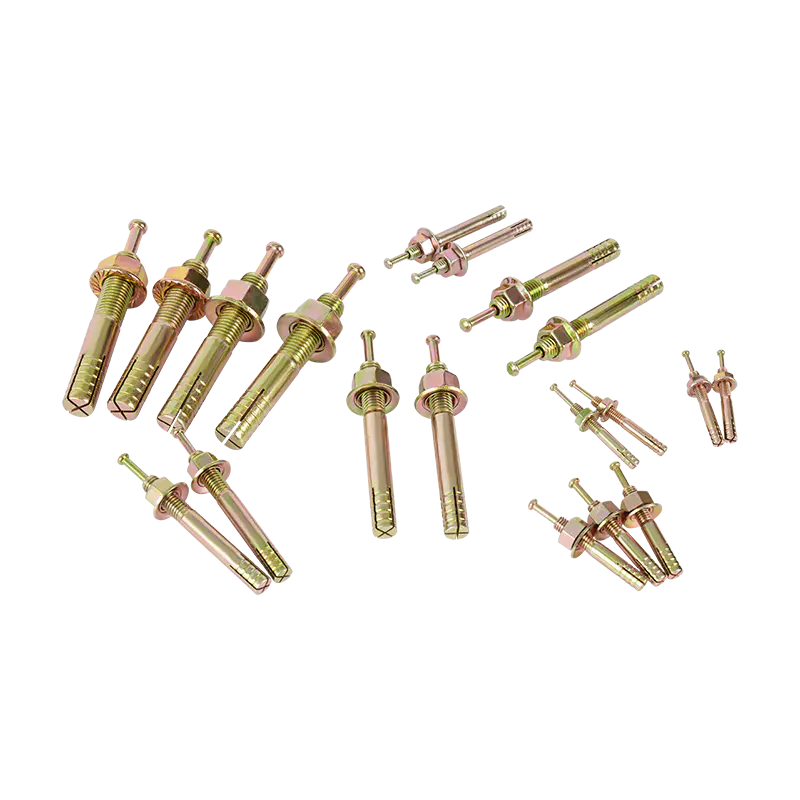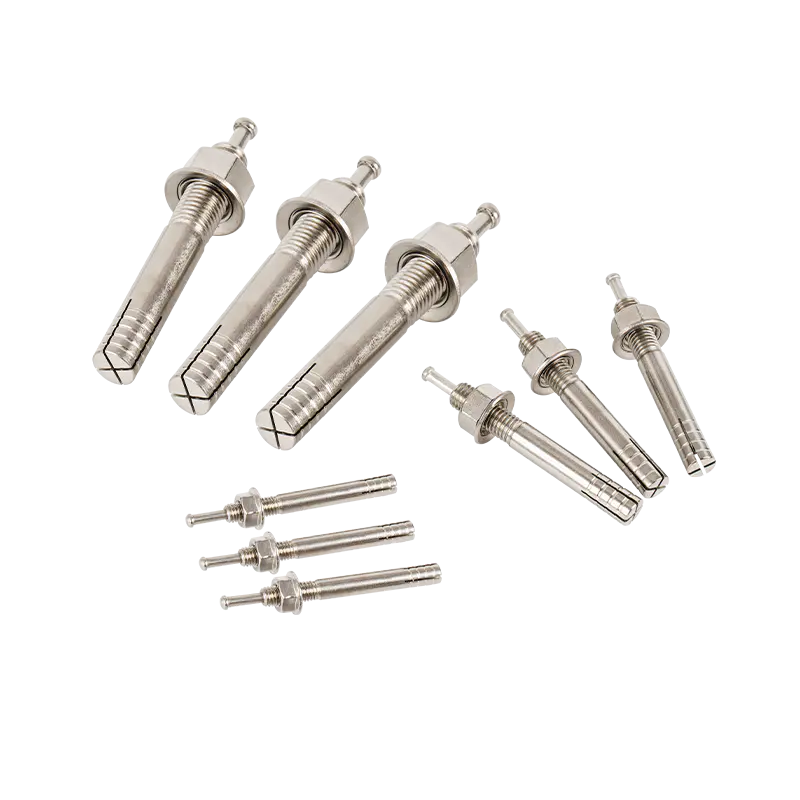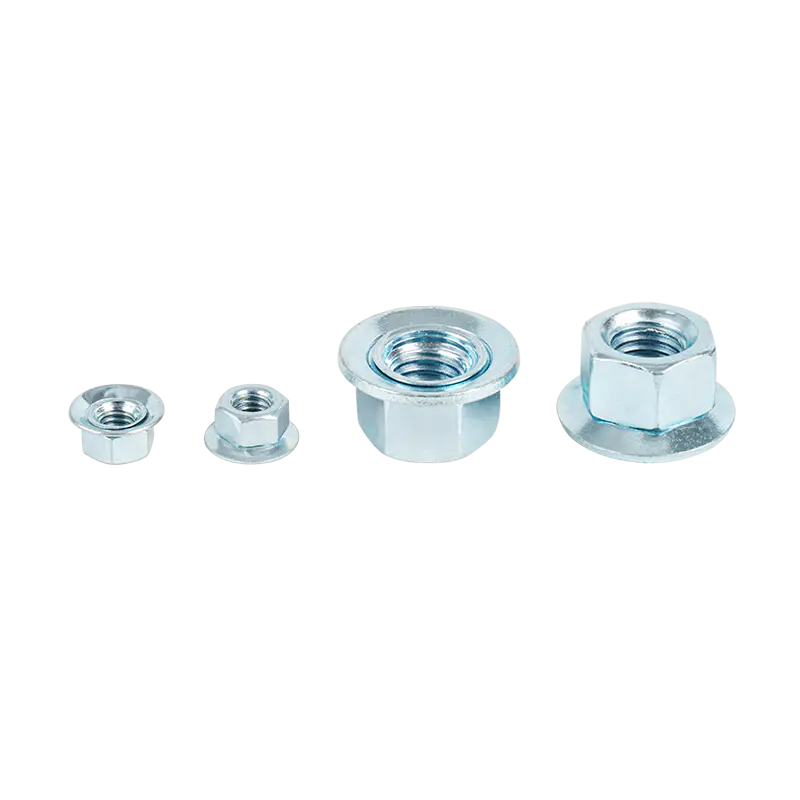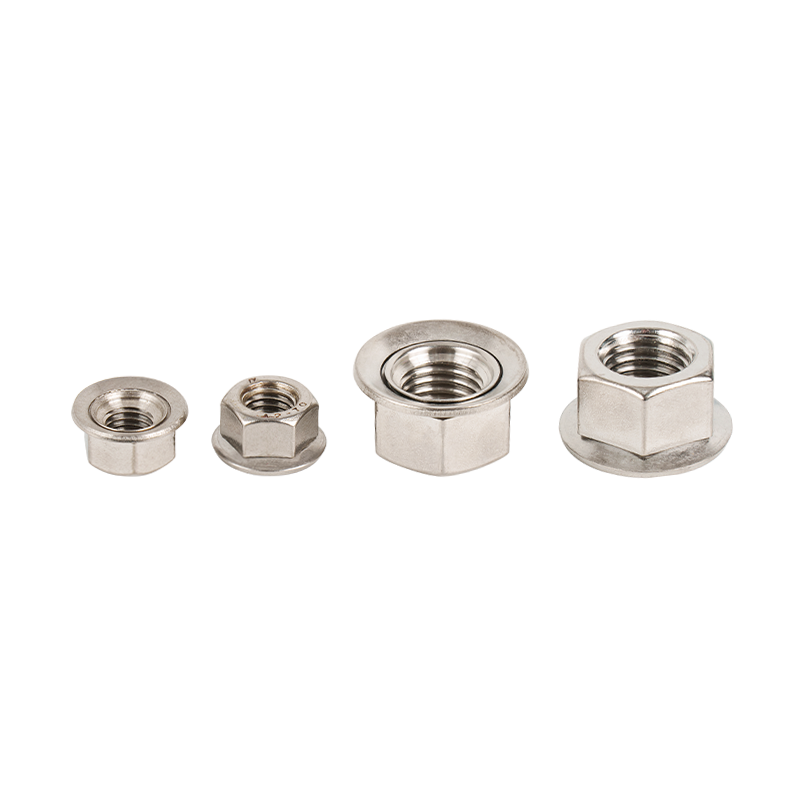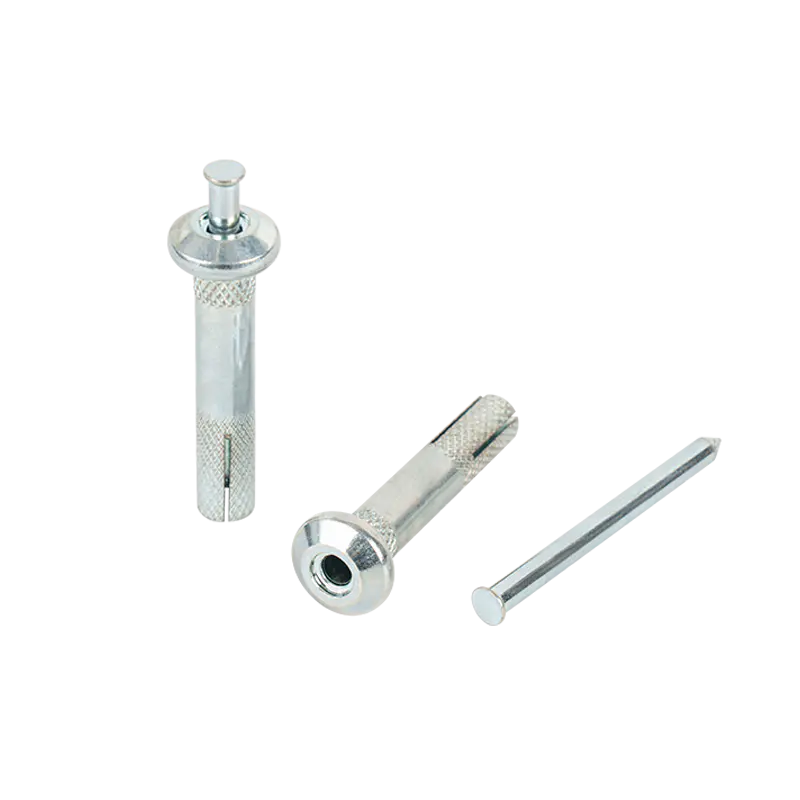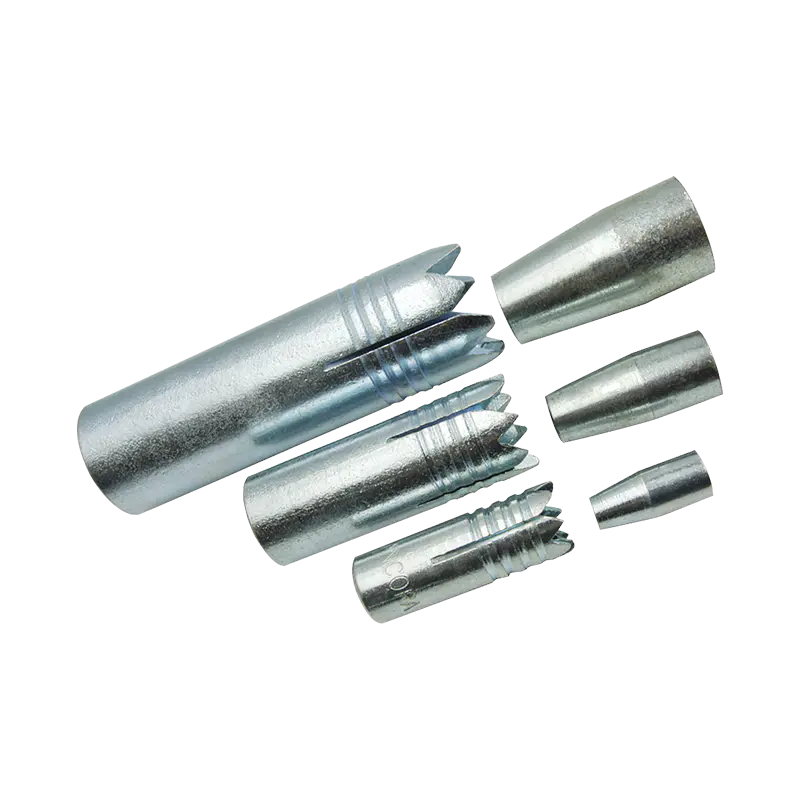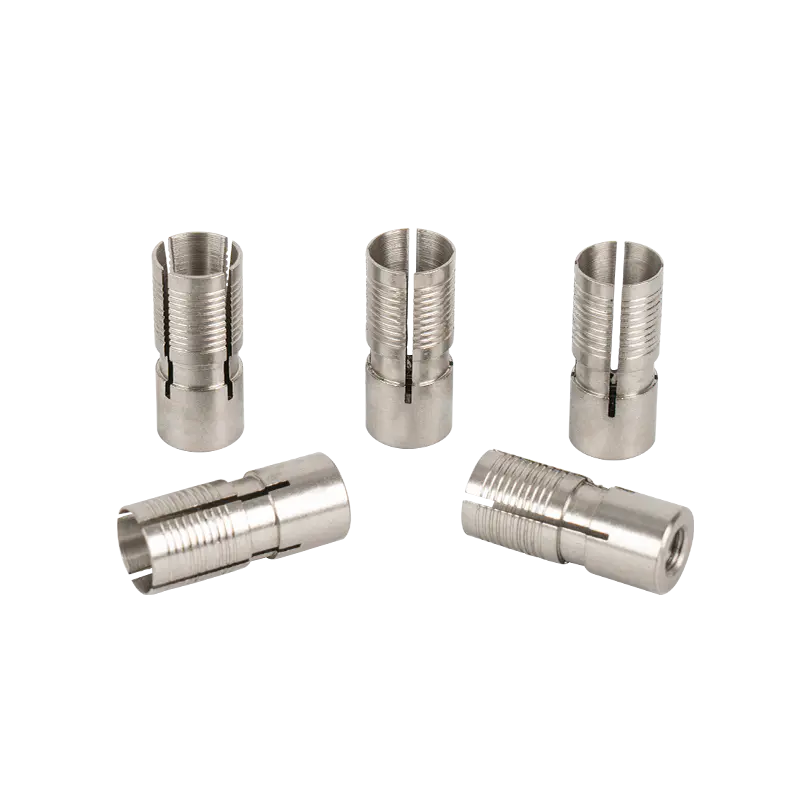Is the application of Carbon Steel Strike Anchor in bridge engineering safe and reliable?
2025-04-11
With the continuous development of modern bridge engineering technology, Carbon Steel Strike Anchor, as an important structural connector, has been widely used in bridge construction. However, the discussion about its long-term safety and reliability has never stopped.
Technical characteristics of Carbon Steel Strike Anchor
Carbon Steel Strike Anchor is a structural anchor that achieves high-strength connection through the principle of mechanical locking, with the following significant features:
Material advantages: Made of high-quality carbon steel material, after heat treatment process, it has excellent tensile strength and shear performance. The tensile strength of typical products can reach more than 700MPa, and the shear strength exceeds 400MPa.
Installation convenience: The strike installation process is adopted, no complex equipment is required, and it can be operated in a small space, which is particularly suitable for bridge construction site conditions.
Immediate bearing capacity: Unlike chemical anchors, strike anchors can withstand the design load after installation without waiting for curing time.
Application advantages in bridge engineering
In bridge construction, carbon steel impact anchor bolts are mainly used in the following key parts:
Connection between bridge deck and main beam
Anti-collision guardrail fixing
Expansion joint installation
Inspection channel support
Its application advantages are reflected in:
Excellent seismic performance: Dynamic load tests show that under simulated earthquake conditions, the displacement of carbon steel impact anchor bolt connections is 30-45% less than that of traditional connections.
Outstanding anti-fatigue properties: A 2022 research report by the American Bridge Engineering Association (ABEA) pointed out that in 2 million cyclic load tests, the performance attenuation rate of high-quality carbon steel impact anchor bolts was less than 5%.
Environmental adaptability: Through special surface treatment (such as hot-dip galvanizing or epoxy coating), it can effectively resist corrosion factors in the bridge environment, and the design life can reach more than 25 years.
Safety and reliability analysis
Key points of quality control
The key to ensuring the safety and reliability of carbon steel impact anchor bolts is:
Material certification: It must comply with ASTM F1554 or equivalent international standards, and provide complete material certification and heat treatment reports.
Installation process control:
Drilling diameter tolerance is controlled within +0.5mm
Hole depth reaches 110% of the design requirements
Strike force meets the manufacturer's technical specifications
Acceptance test:
The sampling ratio of on-site pull-out test is not less than 3%
The test load is 1.5 times the design load
The displacement does not exceed 0.1mm
Potential risks and countermeasures
Despite its superior performance, carbon steel strike anchors still have the following risks that need attention:
Overload risk: A 2023 case study by the British Bridge Safety Committee (BSC) showed that about 12% of anchor failures were due to underestimation of the design load. It is recommended to use a dynamic magnification factor of 1.2-1.5 for verification.
Corrosion risk: In marine environments or areas where deicing salt is used, a double protection system (such as galvanizing + epoxy coating) is required, and corrosion detection is carried out regularly.
Fatigue cumulative damage: For bridges with heavy traffic, it is recommended to conduct non-destructive testing (such as ultrasonic testing) every 5 years.

 English
English 日本語
日本語
